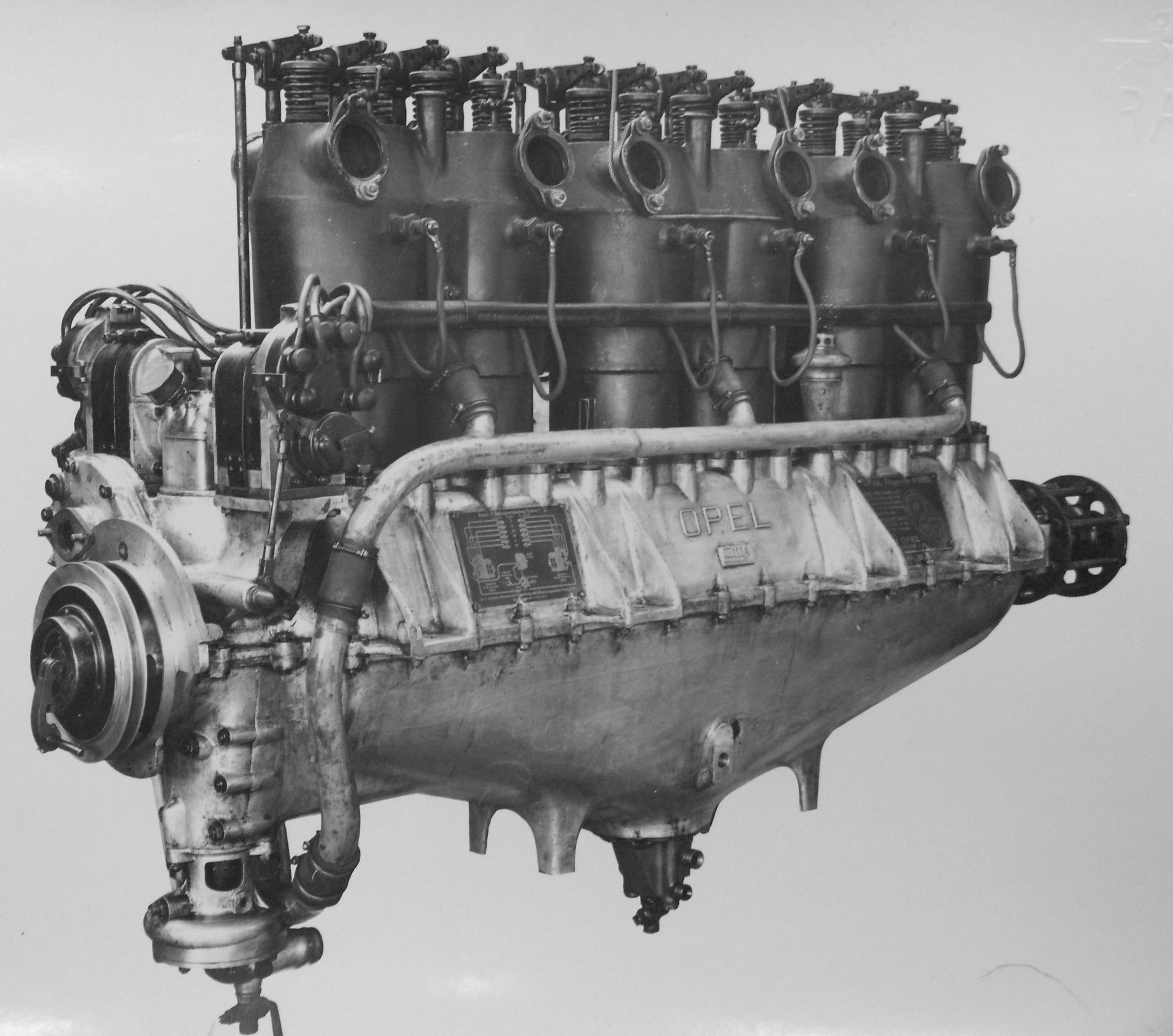Argus As.III on:
[Wikipedia]
[Google]
[Amazon]
The Argus As III was a six-cylinder, in-line, water-cooled, aircraft engine produced in

Germany
Germany,, officially the Federal Republic of Germany, is a country in Central Europe. It is the second most populous country in Europe after Russia, and the most populous member state of the European Union. Germany is situated betwe ...
by Argus Motoren
''Argus Motoren'' was a German manufacturing firm known for their series of small inverted-V engines and the Argus As 014 pulsejet for the V-1 flying bomb.
History
Started in Berlin in 1906 as a subsidiary of Henri Jeannin's automobile business, ...
during World War I
World War I (28 July 1914 11 November 1918), often abbreviated as WWI, was one of the deadliest global conflicts in history. Belligerents included much of Europe, the Russian Empire, the United States, and the Ottoman Empire, with fightin ...
. The Argus As III produced at 1,400 rpm.Huth, 1920, pp. 232-233
Design and development
Argus Motoren already supplied a limited number 150 hp and 200 hp aircraft engines to theImperial German Navy
The Imperial German Navy or the Imperial Navy () was the navy of the German Empire, which existed between 1871 and 1919. It grew out of the small Prussian Navy (from 1867 the North German Federal Navy), which was mainly for coast defence. Wilhel ...
in the Summer of 1914.von Gersdorff; Grasmann. 1981, p.22
As these engines did not prove successful Argus decided to concentrate its development efforts on an improved six-cylinder type which became accepted into service in January 1916 as the Argus As III.von Gersdorff; Grasmann. 1981, pp. 26-27
License production of the engine was ordered at Deutz, Güldner, M.A.N.
MAN SE (abbreviation of ''Maschinenfabrik Augsburg- Nürnberg'', ) was a manufacturing and engineering company based in Munich, Germany. Its primary output was commercial vehicles and diesel engines through its MAN Truck & Bus and MAN Latin Am ...
, Opel
Opel Automobile GmbH (), usually shortened to Opel, is a German automobile manufacturer which has been a subsidiary of Stellantis since 16 January 2021. It was owned by the American automaker General Motors from 1929 until 2017 and the PSA Grou ...
and Stoewer
Stoewer was a German automobile manufacturer before World War II whose headquarters were in Stettin (Now Szczecin, Poland).
History
The first company was founded by the Stoewer brothers, Emil (lived 1873 - 1942) and Bernhard (1875 - 1937) in 1 ...
.
First operational experience with the engine however proved troublesome, with overheating problems occurring among other things.
These problems were only solved after several improvements of the engine and so it took until the end of 1917 for the engine to attain its full operational maturity.
Applications
*AEG C.IV
The AEG C.IV was a German two-seat biplane reconnaissance aircraft that entered service in 1916.
Design and development
The C.IV was based on the AEG C.II, but featured a larger wingspan and an additional forward-firing Spandau-type 7.92 mm ...
*Albatros B.II
The Albatros B.II, (post-war company designation L.2) was an unarmed German two-seat reconnaissance biplane of the First World War.
Design and development
Designed by Robert Thelen based on his 1913 Albatros B.I, the B.II was the aircraft that ...
*Albatros C.I
The Albatros C.I, (post-war company designations L.6 & L.7), was the first of the successful C-series of two-seat general-purpose biplanes built by Albatros Flugzeugwerke during World War I. Based on the unarmed Albatros B.II, the C.I reversed ...
*Albatros C.III
The Albatros C.III was a German two-seat general-purpose biplane of World War I, built by Albatros Flugzeugwerke. The C.III was a refined version of the successful Albatros C.I and was eventually produced in greater numbers than any other C-typ ...
*Gotha G.IV
The Gotha G.IV was a heavy bomber used by the (Imperial German Air Service) during World War I. It was the first mass-produced large airplane.
Development
Experience with the earlier G.III showed that the rear gunner could not efficientl ...
*Hannover CL.II
The Hannover CL.II was an escort fighter, produced in Germany during World War I, designed in response to a 1917 requirement by the '' Idflieg'' for such a machine to protect reconnaissance aircraft over enemy territory. It was a compact biplane o ...
*Hannover CL.III
The Hannover CL.III was a German military aircraft of World War I. It was a two-seat multi-role aircraft, primarily used as a ground attack machine. Like the other Hannover "light-C-class", or "CL" designated aircraft designed by Hermann Dorner, ...
a
*LFG Roland D.II
The LFG Roland D.II was a German single-seat fighter of World War I. The type was manufactured by Luftfahrzeug Gesellschaft, and also by Pfalz Flugzeugwerke under license.
Design and development
The D.II used a plywood monocoque fuselage. Two l ...
* LFG Roland D.III
*Rumpler C.I
Entering service in 1915, the Rumpler C.I, (company designation 5A 2), two-seater single-engine reconnaissance biplane, was one of the first German C-type aircraft, and also one of the longest serving in its class during World War I, being retired ...
* Rumpler C.VIII
*Sablatnig C.I
The Sablatnig C.I was a conventional C-type reconnaissance two-seater aircraft developed and built by Sablatnig in Berlin, Germany in 1917. It was a two-bay biplane
A biplane is a fixed-wing aircraft with two main wings stacked one above t ...
Specifications

See also
References
Notes
Bibliography
* * * * *''Jane's Fighting Aircraft of World War I''. London. Studio Editions Ltd, 1993. p. 258. {{Argus aeroengines 1910s aircraft piston engines As III